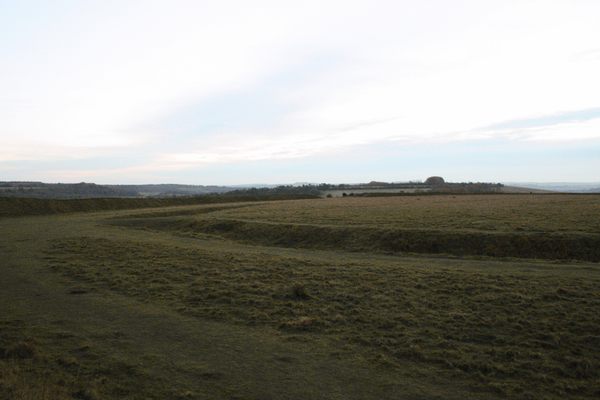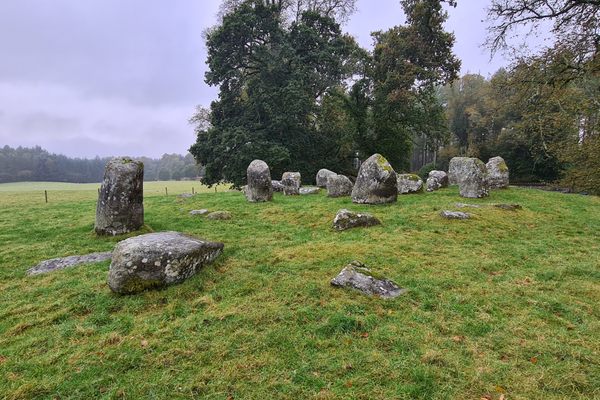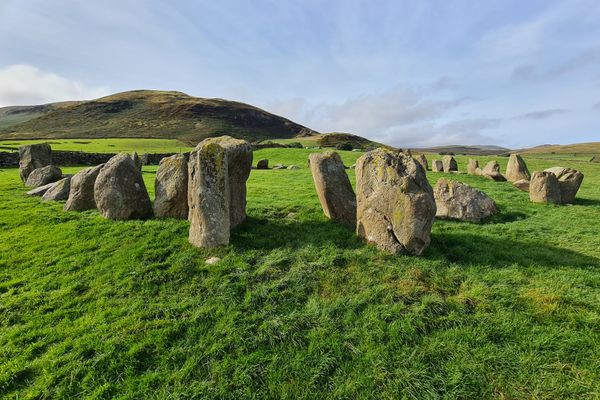The Cuckoo Stone
This neolithic stone was once used for ceremonial practices similar to its neighbor Stonehenge.
In Durrington, the Cuckoo Stone lies as a silent enigma while many flock to see its neighbor, Stonehenge. This squat sarsen stone, similar to those that tower tourists in Stonehenge, exudes esotericism and intrigues captivated scholars and archaeologists for centuries.
Once a focal point of human activity, people placed the stone upright sometime before 2000 B.C. and used it for ceremonial importance. Part of the Stonehenge Riverside Project conducted excavations and unveiled more clues about this perplexing stone’s origins and significance. The discovery of a pit next to the object, with remnants of cremation burials, suggests that the Cuckoo Stone was important to ancient communities, specifically in ceremony practices.
Excavations also saw that, in the Roman era, a rectangular building emerged southwest of the stone, hinting at the timeless homage paid to this sacred site. There are possibilities that the Cuckoo Stone served as a place of worship or pilgrimage for ancient peoples due to the presence of pits and scattered coins surrounding the area.
Despite the passing of time, this stone continues to captivate keen historians and offer a glimpse into the rich history of human civilization and its enduring legacy. Once described as an imposing megalith that rivaled those at Stonehenge, the Cuckoo Stone now rests on its side as a mere remnant of its former magnificence.
Know Before You Go
Driving to the place is advised, as public transport is scarce to the area. There is parking available, though it is best to park by Woodhenge and walk from there. It is only a five minute walk from Woodhenge to the Cuckoo Stone.
Community Contributors
Added by
Edited by
Plan Your Trip
The Atlas Obscura Podcast is Back!




















Follow us on Twitter to get the latest on the world's hidden wonders.
Like us on Facebook to get the latest on the world's hidden wonders.
Follow us on Twitter Like us on Facebook